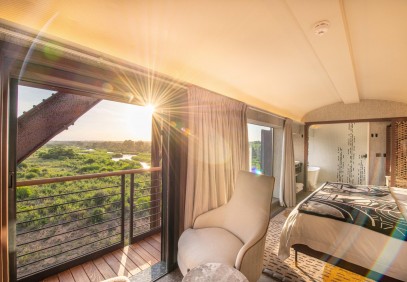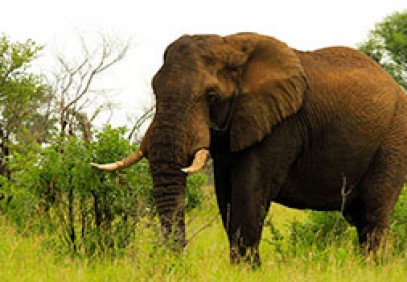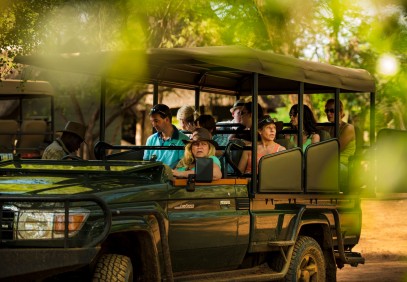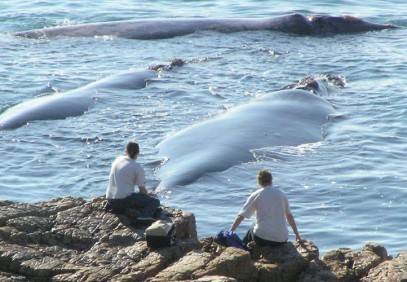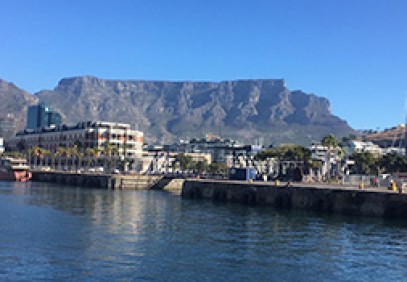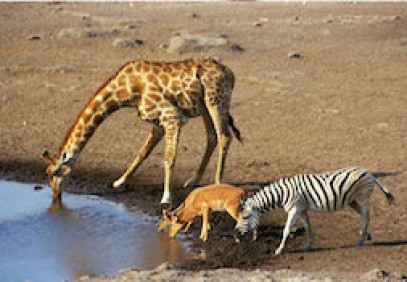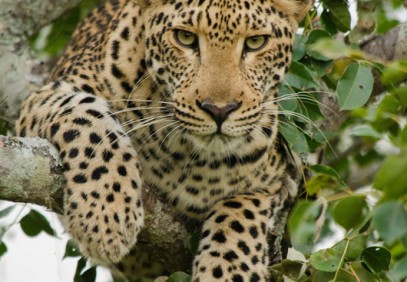Garden Route National Park
Garden Route National Park covers 1,210 km2 of the ecologically diverse region of South Africa. Stretched across the eastern and western Cape provinces of South Africa, this park is a coastal reserve covered with an impressive coastline, lush forests, and thrilling hiking trails. One of the newest national parks, Garden Route National Park was established in March 2009. The park was formed by merging Tsitsikamma National Park, Knysna National Lake Area, and the Wilderness National Park.
Garden Route National Park is the adventure land amongst national parks offering tourists a wide variety of activities, ranging from bungee jumping and kayaking to the art of wine tasting. Blue Duiker Trail, Dolphin Trail, Harkerville Coastal Hiking Trail, Otter Trail, and Outeniqua Trail are just a few of the notorious hiking trails in the park.
The History of Garden Route National Park
The Tsitsikamma National Park
1962: At the first National Parks World Conference held at Seattle, the World Conservation Unit appealed to the government about the establishment of marine parks and reserves in the area.
1964: The governing Minister of Forestry and Director of the National Parks board proclaimed Tsitsikamma Coastal and Forest National Park in December.
1983: In September, the eastern park boundaries were extended by three nautical miles, while the eastern boundaries were changed by 0.5 nautical miles offshore.
1987: De Vasselot Reserve was added to Tsitsikamma Coastal and Forest National Park.
1989: The government proclaimed the small Tsitsikamma Forest National Park, after which, the Tsitsikamma Coastal Park was known as Tsitsikamma National Park.
1996: In April, Tsitsikamma National Park’s western and eastern boundaries along the Groot river were extended.
2008: Marthinus van Schalkwyk, the minister of Environmental Affairs and Tourism, announced the establishment of Garden Route National Park.
The Wilderness National Park
1968: A long process of preserving the wilderness lakes began with a 4.5 km2 area near the river set aside for preservation, and also included Duiwerivier Kloof.
1983: The Lake Areas Development Board proclaimed South Africa’s first National Lake Area.
1985: The control of the area shifted hands from Lake Areas Development Board to the National Parks Board.
1986: The National Parks Board continued the preservation of the lake, by bringing in Swartvlei, a lake that connects to the sea for half a year.
1987: Wilderness National Park was established and was managed by the National Parks Board.
1991: Lakes Nature Reserve at Rondevlei was included in the Wilderness National Park Area.
2008: Wilderness National Park, Knysna National Lake Area, and Tsitsikamma National Park were merged into the Garden Route National Park.
Wildlife in the Garden Route National Park
Garden Route National park is a haven for over 85 species of mammals, 371 bird species, and 200 species of fish.
Amongst the mammals in the park, elephants are the primary tourist attraction with around 400-600 roaming the Knysna section. Other mammals in the area include the blue duiker, , Cape wild cat, caracal, clawless otter, honey-badger, leopard, and striped polecat.
The Tsitsikamma section of the park, credited as a premier whale-watching spot, has around 15 species of dolphin and whale, which include bottlenose dolphin, humpbacked dolphin and whale, killer whale, pygmy sperm whale, and southern right whale.
The rare southern elephant seal and sub-antarctic fur seal are also found in the wilderness section of the Garden Route National Park. Water mongoose is seen in both Knysna and the wilderness section of the park.
Garden Route National Park is also considered a birding destination, with its diverse birdlife including 15 species of duck and goose, and 22 species of raptor. African black ducks, yellow-billed ducks, African cuckoo hawk, forest buzzard, and crowned eagle are a few of the rare bird species found in the region.
Camps in Garden Route National Park
- Ebb-and-Flow Rest Camp: Located in the heart of the wilderness section of the Garden Route National Park, this camp offers activities such as abseiling, paragliding, hang-gliding, boating, fishing, hiking, bicycling and canoeing. It is ideal for viewing the Knysna seahorse, pansy shell, pied kingfisher, grey heron, and little egret.
- Knysna Lake Section: The Giant Outeniqua Yellowwood, which is hundreds of years old, is Knysna Lake Section’s signature attraction. The endangered Knysna seahorse and Knysna dwarf chameleon, both masters of camouflage, are endemic to the region. The area is also known for its elephant walks along the easy Black Elephant Trail, intermediate White Elephant Trail, and advanced Red Elephant Trail.
- Nature’s Valley Rest Camp: Situated in the Tsitsikamma section of the park, on the banks of Grootrivier, Nature’s Valley is well-known as a birdwatcher’s paradise. It also offers challenging trails for hikers.
- Storms River Mouth Rest Camp: Dolphins are the key highlights of this camp. It is also well-known for porpoises, African black oystercatchers, Knysna loeries, Cape clawless otter, and blue duiker sightings.
When To Visit Garden Route National Park
Garden Route national park, with its diverse wildlife and breathtaking scenery, is a year-round tourist destination. Avoid planning a trip around Christmas time, as the park is crowded due to school holidays. January and February can also be unbearable for people who struggle in high-temperatures.
The best time to visit the park for a crowd-free experience is between February and April. For whale watching, July to September is the best time to visit the park.
Login to your account
Register as a traveller if you are looking for deals
Register as a travel partner if you offer amazing safaris
You May Also Be Interested In...
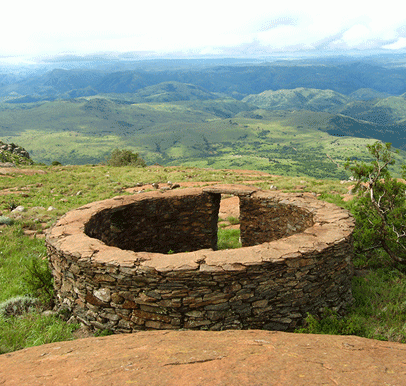
Ithala Game Reserve
Ithala Game Reserve is a truly beautiful and fascinating safari destination. Located at the foot of the Ngotshe Mountains, the reserve offers magnificent views of the surrounding valleys. Ithala covers...
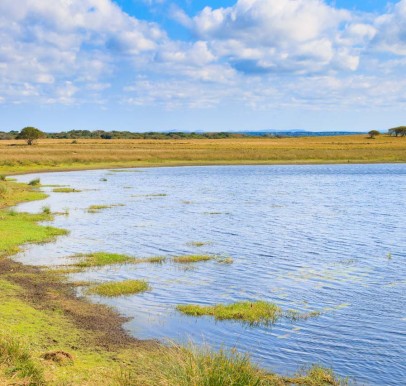
iSimangaliso Wetland Park
iSimangaliso Wetland Park is a UNESCO World Heritage Site, covering 3,280 km2 and is located in the province of KwaZulu-Natal, South Africa. The park offers its visitors a remarkably diverse ecosystem,...
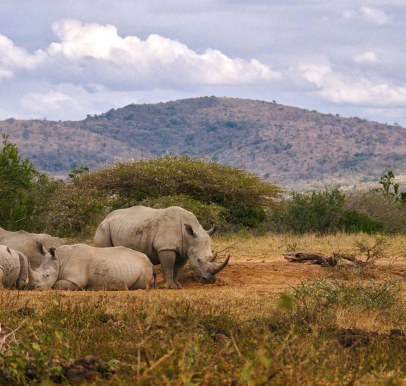
Hluhluwe–iMfolozi Park
Hluhluwe-Imfolozi Park covers 960 km2 area in the South African province of KwaZulu-Natal. The park, established in 1989, is an amalgamation of the Hluhluwe Game Reserve and Umfolozi Game Reserve. It explains...
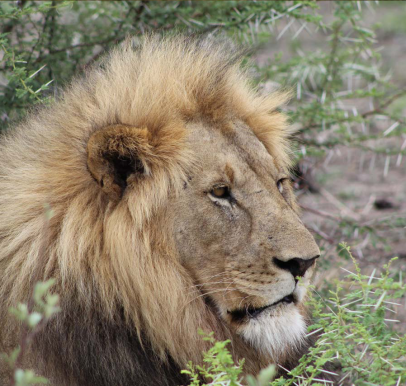
Madikwe Game Reserve
Madikwe Game Reserve, the fifth largest game reserve in South Africa, covers 750 km2 of land from the north of Groot-Marico, all the way up to the border of Botswana. With its location on the Marico river...

Phinda Private Game Reserve
Blessed with seven distinct ecosystems, Phinda Private Game Reserve is amongst the most iconic safari destinations in South Africa. Situated between the Greater St Lucia Wetland Park and the Mkuze Game...
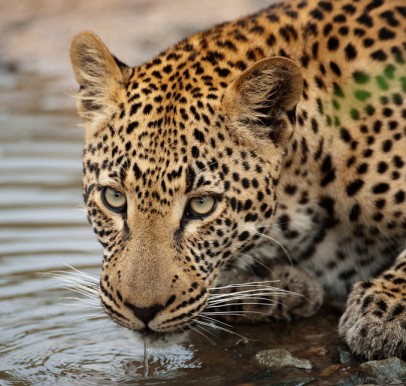
Kruger National Park
Kruger National Park, the largest national park in South Africa, covers 19,485 square kilometres across Limpopo and Mpumalanga, two of the nine South African provinces. Established in 1926, Kruger is the...

Addo National Park
Addo Elephant National Park in South Africa's Eastern Cape covers an area of around 1,600 km2, encompassing sections of the Karoo, the Zuurberg mountains, the Sundays River Valley and the coast. Addo has...






